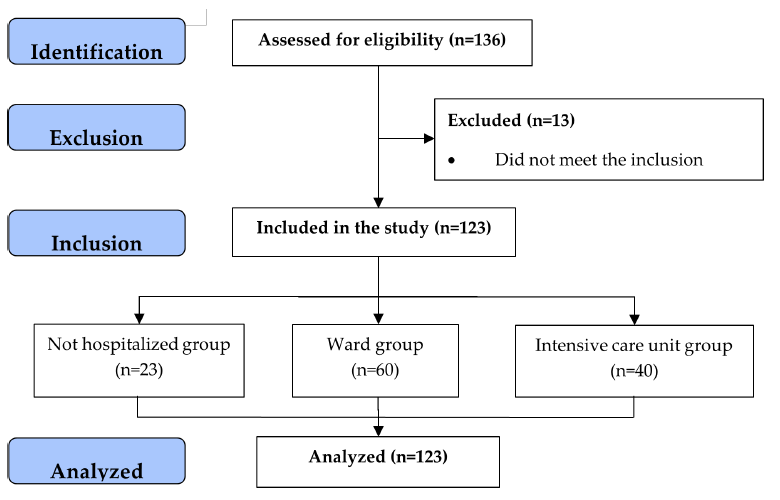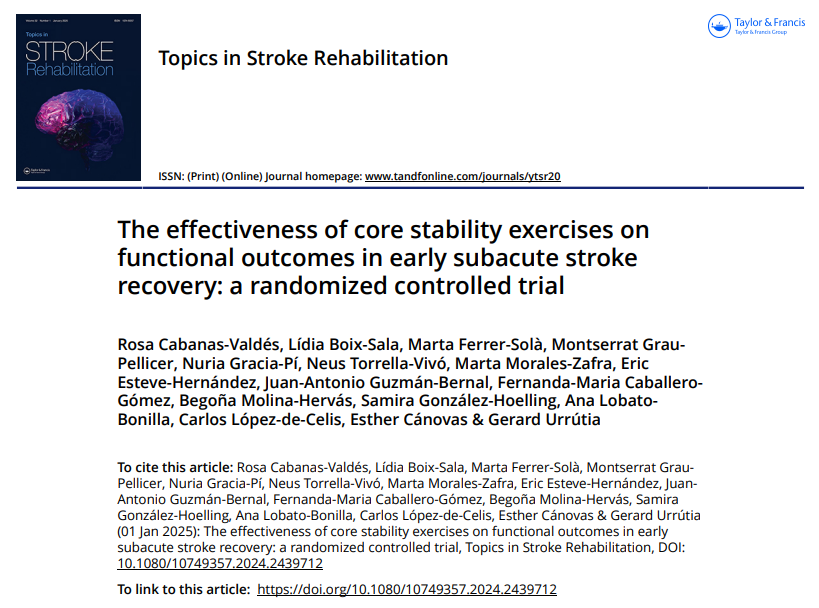ARTICLE. Reynaga E, Torres C, Garcia-Nuñez M, Navarro M, Vilamala A, Puigoriol E, Lucchetti GE, Sabrià M. (2017). Clinical impact and prevalence of MRSA CC398 and differences between MRSA-TetR and MRSA-TetS in an area of Spain with a high density of pig farming: a prospective cohort study. Clinical Microbiology and Infection, 23(9), 678.e1-678.e4. https://doi.org/10.1016/j.cmi.2017.03.019
Abstract
OBJECTIVES:
Tetracycline resistance (TetR) is a phenotypic marker of the livestock-associated methicillin-resistant Staphylococcus aureus (MRSA) CC398 clone. The aim of this study was to analyze the prevalence of MRSA CC398 in patients in contact with healthcare facilities and differences between patients with MRSA-TetR and MRSA tetracycline-susceptible (TetS) strains.
METHODS:
Patients diagnosed with MRSA from January 2012 to December 2015 were divided into two groups, MRSA-TetR and MRSA-TetS. Epidemiologic and clinical data were evaluated. Molecular analysis was performed (multilocus sequence typing, spa typing) on MRSA-TetR strains.
RESULTS:
Data from 288 MRSA patients were obtained, and 106 (36.8%) carried MRSA-TetR (93 typed as CC398 (87.7%); the remaining 13 isolates were ascribed to CC9, CC1, CC121, CC30, CC97, CC146 and CC152). The most frequent spa type was t011 (56.6%, 61/106). Detection of MRSA-TetR increased over the years (21.9%, 16/73, in 2012; 50.7%, 36/71, in 2015; p <0.001). Hospital acquisition was found in 16.7% (19/114) of MRSA-TetRpatients vs. 83.3% (95/114) in MRSA-TetS patients (p <0.001). Frequency of MRSA-TetRpatients in nursing homes was lower than in MRSA-TetS patients (4.7%, 5/106, vs. 27.5%, 50/182, p <0.001). MRSA-TetR as distinct from MRSA-TetS was associated with workers on pig farms (49.0%, 52/106, vs. 1.0%, 2/182; p <0.001), fewer admissions to hospital (46.2%, 49/106, vs. 68.1%, 124/182; p <0.001) and fewer comorbidities (81.1%, 86/106, vs. 59.9%, 109/182; p <0.001). Sixty cases of MRSA-CC398 infection were diagnosed, including, among others, endocarditis, septic arthritis, prosthetic joint infection, pneumonia and bacteraemia.
CONCLUSIONS:
Prevalence of MRSA-TetR (especially CC398) at the hospital level in a Spanish region with intensive pig farming activity is high and is responsible for severe infections. Significant differences were detected in clinical and epidemiologic characteristics among MRSA-TetR and MRSA-TetS patients.












Leave a Reply